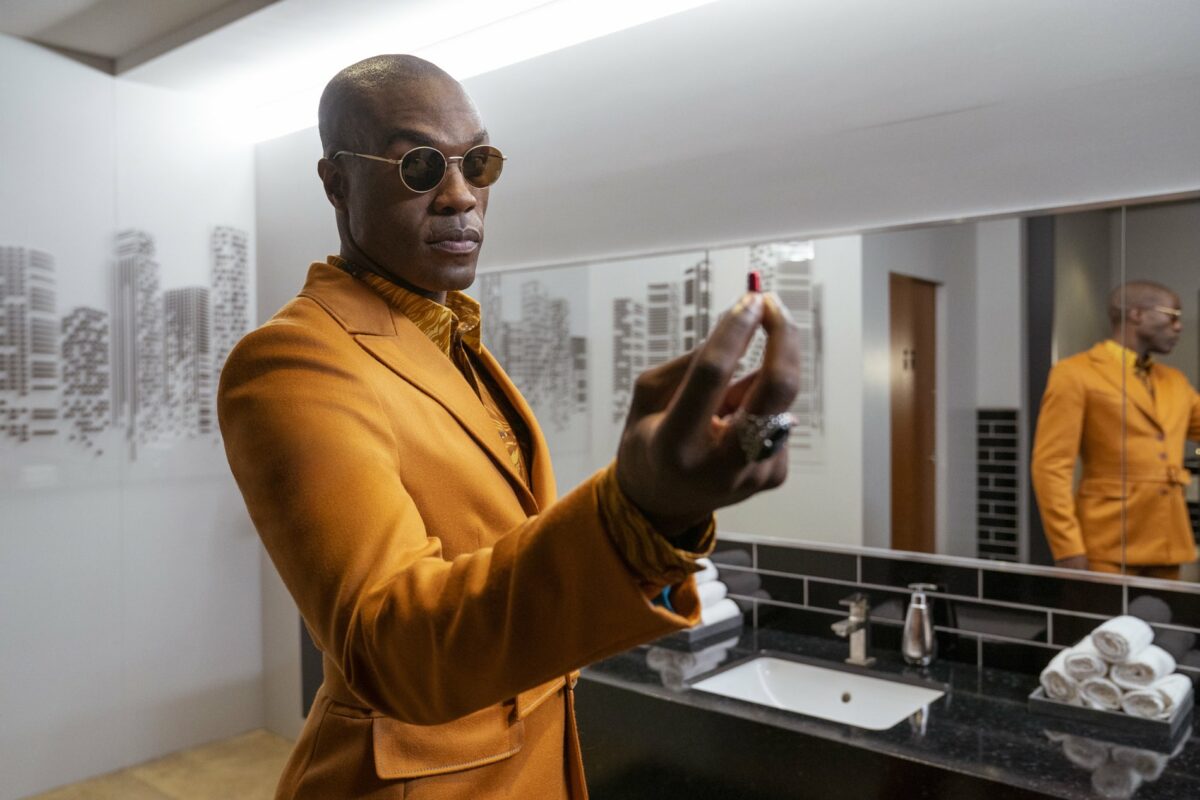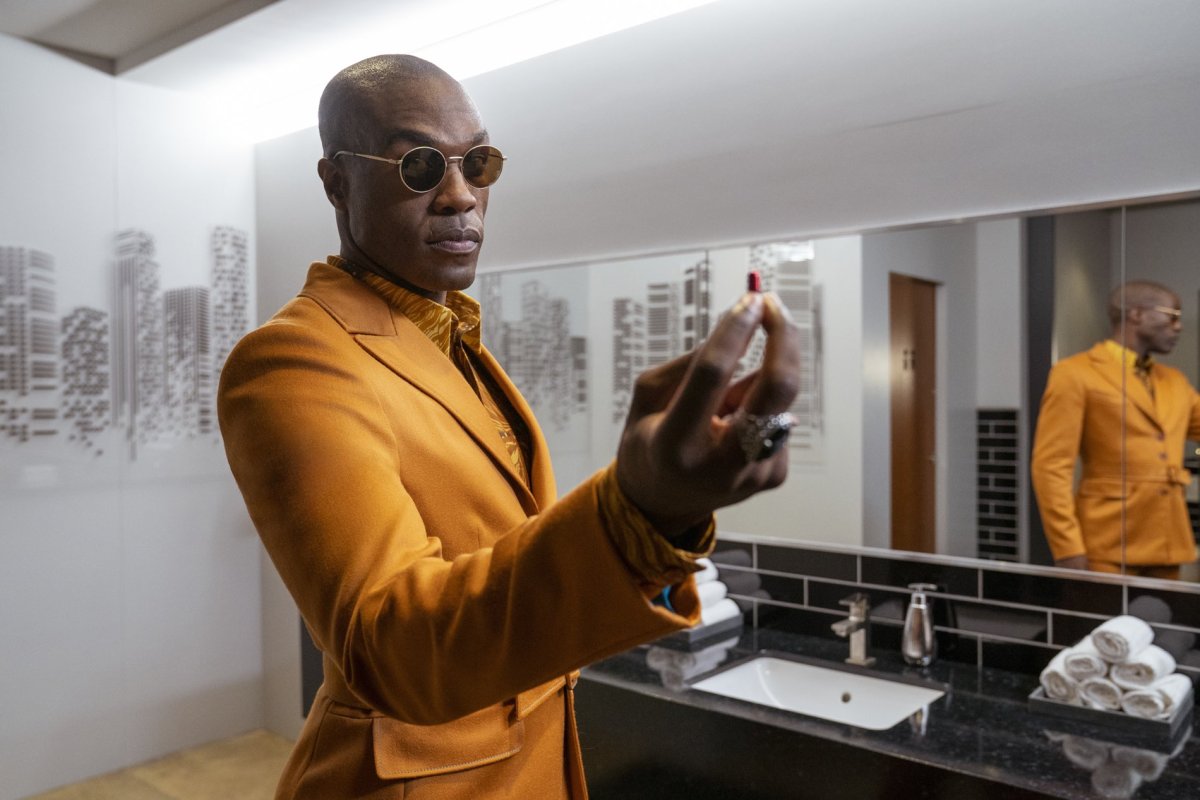How Lana Wachowski Broke the Binary in The Matrix Resurrections
Wachowski rewrites the rules of 'the Matrix' for a satisfying sequel.


***SPOILER ALERT- This post discusses storylines from ‘The Matrix Resurrections.’ Spoiler-free review HERE.***
The Matrix trilogy is a series that deals in binaries. Red pill vs. blue pill. Man vs. machine. The Matrix vs. the real world. Free will vs. destiny. Zeroes and ones, baby. In the first film, Morpheus (Laurence Fishburne) takes Neo (Keanu Reeves) through a simulation training program, whose only message is that agents can be anyone and anyone can be an agent. “if you’re not one of us, you’re one of them,” he intones.
22 years later, the Wachowskis have broken out of their own binaries, coming out as trans women. And only one of them, Lana, chose to return to The Matrix franchise. But it’s clear that Wachowski has no taste for the binary anymore, as she delivers a film that shreds much of the original trilogy’s ethos.
SPOILER ALERT! IF YOU DON’T WANT TO KNOW PLOT DETAILS OF ‘RESURRECTIONS’ STOP READING HERE!
The most striking difference of ‘Resurrections’ is the collapse of the ‘man vs. machine’ narrative. After Neo defeats Agent Smith and (seemingly) dies in the battle, Zion and the machines strike a tentative truce. But Neo’s sacrifice inspires many machines to defect from the Deus Ex Machina and join sides with the humans. These beings are called Sentients, adorable droids that work with the city of Io. They are rendered in luminous reflective colors and curved lines, and bear little resemblance to the insect-like sentinels.
But it isn’t only the worker droids who join the rebellion. The trilogy had plenty of sympathetic programs from the Matrix (like the Oracle) who wanted to help humanity. ‘Resurrections’ brings these programs into the real world via millions of nanobots that cluster and form into human shapes. These beings now have corporeal form in the real world, where they do stuff like help Io grow strawberries and work to defend the city.
So much of ‘Resurrections’ works to erase the line between man and machine. After his second bout in the Matrix, Neo awakens to have more ports, and more hardware on his neck. And he finds himself not just working with Morpheus, but a Morpheus/Smith hybrid with different abilities (and a flair for fashion). It’s a natural extension of Neo’s brokered peace with the Deus Ex Machina.
It’s also an apt metaphor for our increasingly online life, for time spent on our phones or in a Zoom meeting. The man vs. machine war is over, and our relationship with technology is more deeply entwined than ever. The teenagers who first saw The Matrix in 1999 were a bridge generation, the last to remember a time pre-internet. Nowadays, younger generations don’t know a world without it. As one character says in Resurrections, “I’m a geek. I was raised by machines.”
Wachowski’s breaking of the binary rewrites the rules of ‘The Matrix’, but it also addresses our increased dependence on technology. In 1999, cell phones were still a luxury, and the internet was still being discussed as a fad or a temporary innovation. The ensuing two decades have seen an unprecedented leap in technology, and the near constant role it plays in our lives.
It’s no surprise then that ‘Resurrections’ finds Thomas Anderson as a successful video game designer, translating his memories of the original trilogy into a game format. His reality transformed into a digital experience within a digital construct that keeps folding in on itself like a mobius strip. The question is no longer how do we defeat the machines, but how we maintain the connections and relationships that make us human.
(image: Warner Bros.)
Want more stories like this? Become a subscriber and support the site!
—The Mary Sue has a strict comment policy that forbids, but is not limited to, personal insults toward anyone, hate speech, and trolling.—
Have a tip we should know? [email protected]
